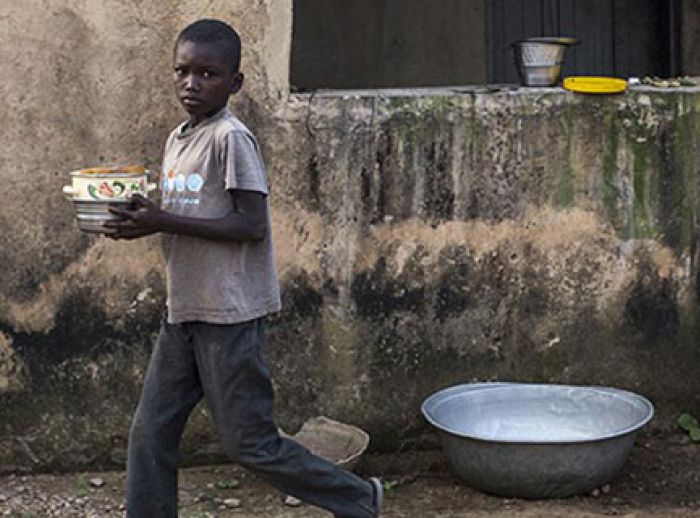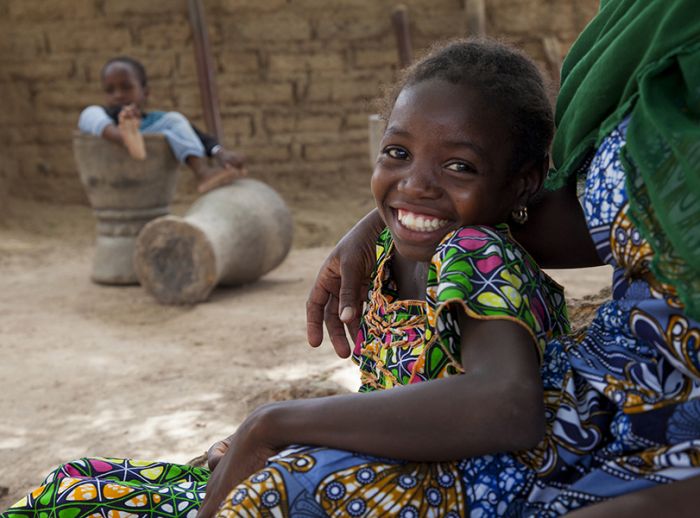- 3 min read
- Published: 15th November 2019
West Africa: Extreme inequality in numbers

West Africa has had an impressive economic growth in the past two decades. In 2018, the region was home to six of the top 10 fastest growing economies in Africa: Cote d’Ivoire, Senegal, Ghana, Burkina Faso, Benin and Niger.
However, for the majority of countries, the benefits of this unprecedented economic growth went to a tiny few. Today, inequality has reached extreme levels in the region. The rich have grown richer while the poor have become even poorer. The region has also the least public health care coverage and the least populations with access to water and decent education.
Let’s look at the numbers
1% Compared to other regions on the continent, West Africa has the greatest number of countries with more than 30 percent of the population living on less than $1.90 (€1.72/£1.48) a day. The top one percent West Africans own more than everyone else combined in the region.
$1.25 Five of Nigeria’s richest men have a combined wealth of US$29.9 billion (€27.1 billion/£23.2 billion) – more than the country’s entire national budget for 2017. However, about 60 percent of its citizens live on less than US$1.25 (€1.13/£0.97) a day, the threshold for absolute poverty.
1 M In Ghana, West Africa’s second biggest economy, one of the richest men earns more in a month than one of the poorest women could earn in 1,000 years. In the decade ending in 2016, the country added 1,000 US dollar millionaires while nearly one million more people were added to the poverty pool.

$9.6 BN West Africa countries lose an estimated $9.6 billion (€8.7 billion/£7.5 billion) each year through corporate tax incentives offered to multinational companies. This would be enough to build about 100 modern and well-equipped hospitals each year in the region.
70% Inequality is also rife in the provision of public services such as education. Women from rich families in Mali are 15 times more likely to have received a secondary education than women from poor families. An estimated 70 percent of the poorest girls in Niger have never attended primary school.
3.5% In Nigeria, women constitute between 60 percent and 79 percent of the rural labour force but they are 10 times less likely to own their own land than men. They represent only 3.5 percent of the population owning farmland in the country. This level of inequality has negative impacts on women, including making them more vulnerable to gender-based violence.
How committed are West African governments to reducing inequality?
While a small but growing group becomes fantastically rich, a clear majority of West Africa’s citizens are denied the most essential elements of a dignified life like access to quality education, healthcare and decent jobs. Yet the West African governments are much less committed to reducing inequality than all other regions of the African continent.
The Oxfam’s Commitment to Reducing Inequality Index (CRII) regional report, which ranks countries according to their commitment to tackle inequality, reveals that the West African’s governments are exacerbating inequality by underfunding public services, such as healthcare and education, while under-taxing corporations and the wealthy.
Without radically increasing their commitment to reduce inequality, this crisis is likely to worsen. It’s time for West African governments to act decisively. Unless they significantly close the gap between the richest and the rest, ending extreme poverty will remain a dream.
